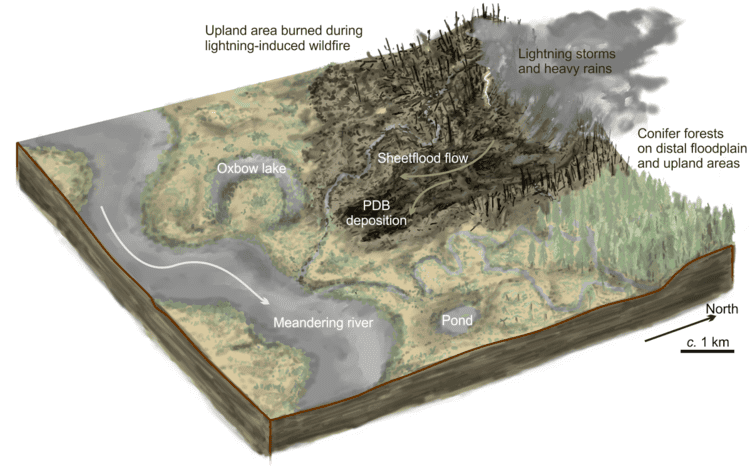Type Geological formation Country UK Overlies Weald Clay | Unit of Wealden Group Region England Underlies Vectis Formation | |
 | ||
The Wessex Formation is a fossil-rich English geological formation that dates to the Barremian stage (about 130 million years ago) of the Early Cretaceous. It is part of the Wealden Group and underlies the younger Vectis Formation.
Contents
Invertebrates
Invertebrates are commonly preserved in the Wessex Formation. Freshwater bivalves can be found including unionoids such as Margaritifera, Nippononaia, and Unio. These bivalves are helpful in reconstructing what the freshwater paleoenvironment may have been like during the formation's deposition. Specimens of Viviparus, a genus of freshwater snail, have also been found. Cretamygale chasei, a species of Mygalomorph spider, has been described from a specimen found in amber. It is believed to be the oldest known Nemesiid and the second oldest Mygalomorph.
Sauropods
Indeterminate diplodicoid and rebbachisaurid remains are known from the formation.
Theropods
Indeterminate velociraptorine remains have been recovered from the Wessex Formation.
